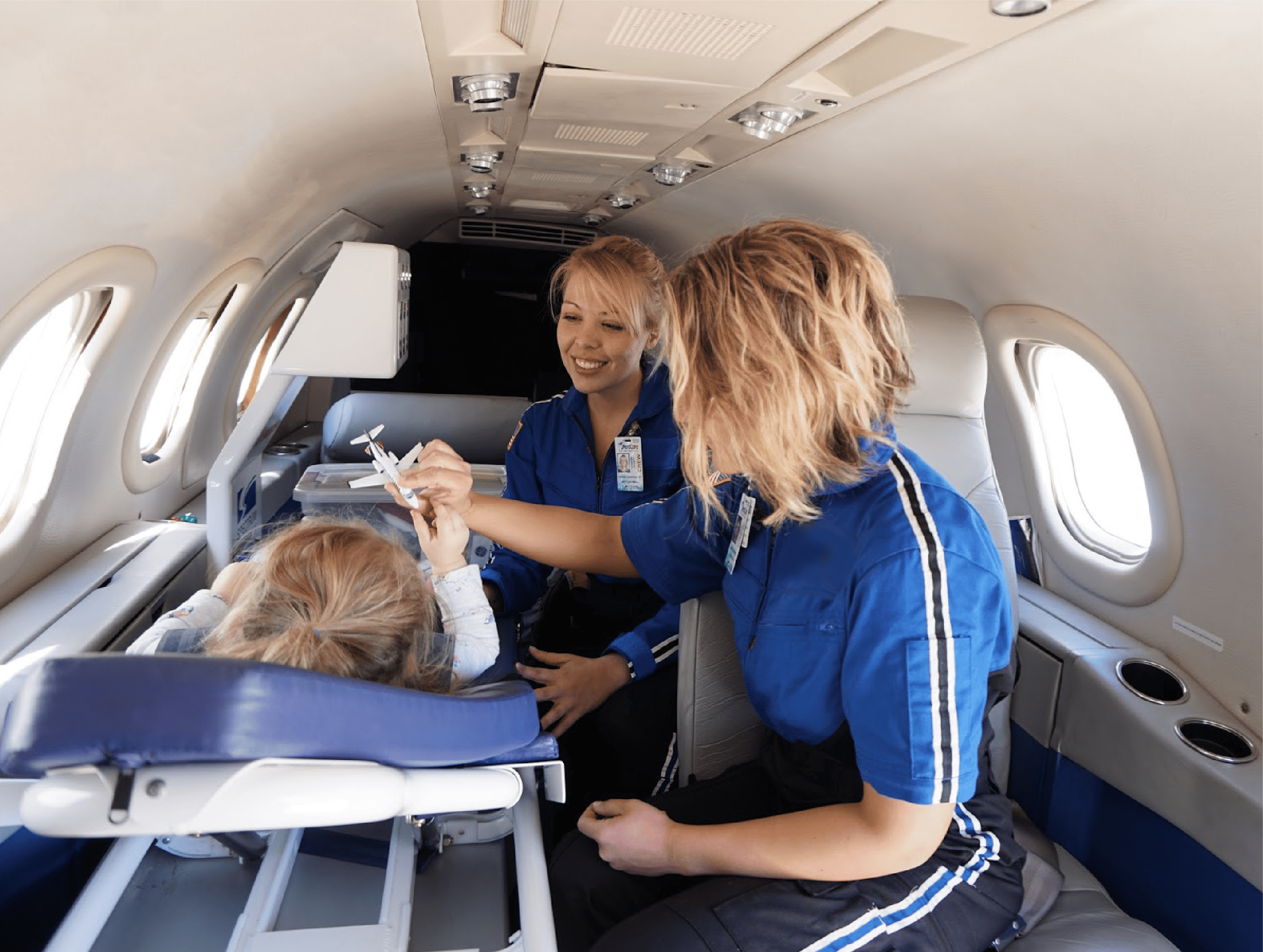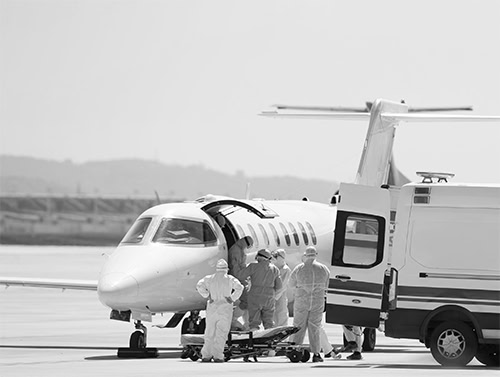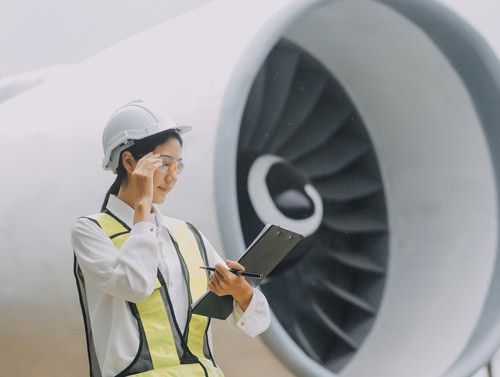Challenges Faced in Paediatric & Neonatal Transfers
Bluedot Air Ambulance has specialist neonatal transport teams, including lead doctors with decades of critical care experience transporting children and infant patients.
This week, we look at two different accounts of neonatal and pediatric transfers to see instances of challenges faced in this specialized area of air ambulance services.
The first is by Dr. Carlo Bellini, Director of Neonatal transport Service at the Gaslini Institute, Italy, and published in Airmed & Rescue magazine. This veteran of over 300 transports every year, tells us that long-distance transfers present more logistical than medical challenges.
The second is an account by Dr. Mohammed Afsal, Bluedot’s Medical Director and Chief Flight Physician, this riveting experience from last year gives us a peek into the unexpected challenges of long-distance neonatal transfer in West Asia.
According to Dr. Bellini, long-distance neonatal emergency transport (NETS) was a rare occurrence before but is increasingly prevalent now. And choosing the right team for the job requires serious consideration.
He observes that besides clinical experience, personnel must be able to sustain themselves over extremely long periods of work. They must possess the “ability to adapt to non-optimal conditions” such as the cramped cabin of the plane.
“They must be able to deal with difficulties beyond the medical, such as the management of travel documents or confrontations with regional authorities or local police that may operate in a very different way than what the team is used to.”
Dr. Mohammed Afsal and team demonstrated this very resilience in a recent account of a successful transfer of a 9-month old baby from Dubai, UAE to Chennai, India, when a short flight of over 3 hours turned into a challenge of over 24 hours.
The infant was admitted post-cardiac arrest following foreign body aspiration, on the ventilator, and was assigned for commercial flight stretcher transfer with medical support.
The incoming flight, however, had to have an emergency landing en route, and its arrival was considerably delayed. Instead of a usual one-hour wait, the medical team and the infant patient were stranded at the airport medical center overnight for 13 hours straight.
It was a major clinical challenge since the baby was on ventilator support, sedative infusion, monitored feeds, multiple anticonvulsant medications, and other support.
“The only way forward was to literally convert the airport clinic into a pediatric ICU, so as to keep the baby stable and monitored with continued care,” writes Dr. Afsal. The baby was eventually handed over successfully to caregivers at the end of the journey.
While the Bluedot team faced logistical difficulties owing to the vagaries of commercial flights, even chartered air Ambulances present challenges due to size and capacity. Dr. Bellini remarks that even usual chartered ambulance jets such as the Hawker 400, the Beechcraft King Air 200, and the LearJet 35A may prove insufficient in long-distance NETS cases due to their limited space, particularly when considering the additional medical equipment needed for neonatal transport.
Wider flights such as the Falcon900 and those with a longer range are best recommended for long-distance NETs. However, stretchers on passenger flights are a good alternative as they can travel long distances economically, and do not feel cramped. The only consideration is scheduling and timely arrival and departure. But as the Bluedot team demonstrated, even such challenges can be faced.
Hope. Positivity. Journeys of care.
At your service.
Team Bluedot



